Eating 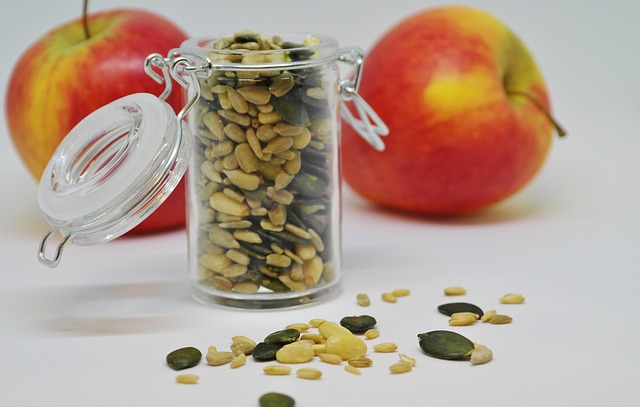 a variety of seeds is a great way to add more flavor, texture, and nutrition to your meals! They can also be a delicious and nutritious addition to your diet in and of themselves.
a variety of seeds is a great way to add more flavor, texture, and nutrition to your meals! They can also be a delicious and nutritious addition to your diet in and of themselves.
Seeds provide minerals, antioxidants, fiber, protein, and healthy fats. Some research suggests that consuming seeds may offer a variety of health benefits, such as reduced heart disease risk, improved blood sugar control, and more.
Seeds have an abundance of nutrients, but they also contain a compound called phytate. Phytate can slow the absorption of minerals such as iron, zinc, and calcium. However, this should not be a problem when seeds are eaten as part of a balanced diet. In fact, phytate may have beneficial effects as well, such as acting as an antioxidant.
Pepitas (Pumpkin Seeds)
- Bright vibrant green in color and contain several minerals such as zinc, manganese, and magnesium
- Excellent source of fiber and contain a wide variety of antioxidants
- Can be eaten either raw or roasted
- Nice addition to roasted vegetables, salads, hot cereal, on top of soup
- Experiment with adding them to baked goods like cookies
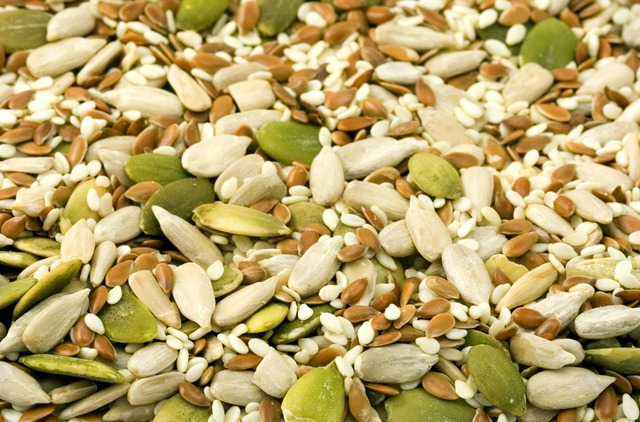
Sunflower Seeds
- Can be found in a black and white stripped hull, but they also come hulled and ready to eat
- Contain several important nutrients, including vitamin E and choline
- Excellent on a salad, and are an easy snack
- Sunflower seed butter can be an alternative to peanut butter
Sesame Seeds
- Have a rich, nutty flavor
- Can be purchased as whole seeds or as a ground paste—tahini
- A classic ingredient in hummus
- Contain a variety of minerals, fiber, and phytonutrients
Flax Seeds
- Comes whole or ground into meal
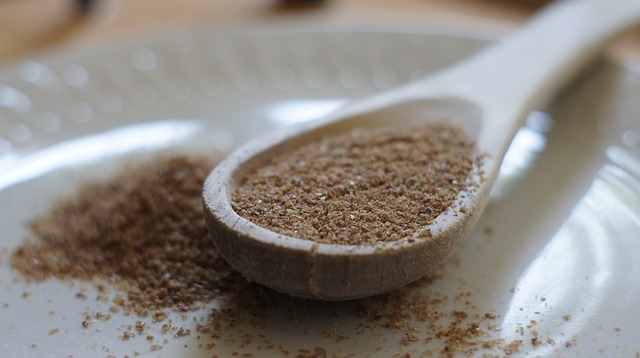
- When ground, flax seed is easier to digest and absorb
- Purchase them ground or grind them yourself in a blender, food processor, or coffee grinder
- Ground seeds last longer when stored in the refrigerator
- Contain healthy omega-3 fatty acids
- Source of soluble fiber
- Helps lower cholesterol, improve digestion, and regulate blood sugar levels
- Ground flax seeds can be added to oatmeal, smoothies, cookies, or breads
Chia Seeds
- Tiny, black, and packed with fiber
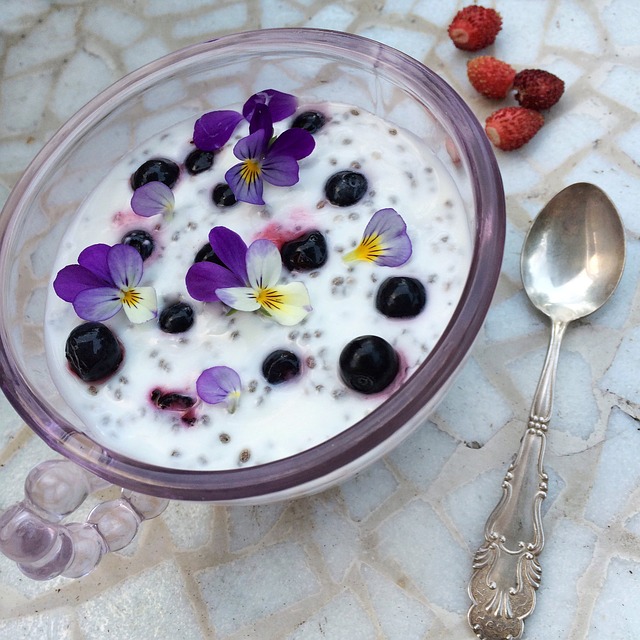
- Grinding chia seeds before eating increases absorption of omega-3 fatty acids
- Contains gelling properties
- The seeds release a clear gel which can be used as a substitute for the binding properties of egg or functional properties of fats in some baked goods
- Gelled chia seeds can also be used to make a pudding, much like tapioca
More Tips on Seeds
- Add seeds to baked goods, salads, soups, cereals, yogurt, smoothies, and more!
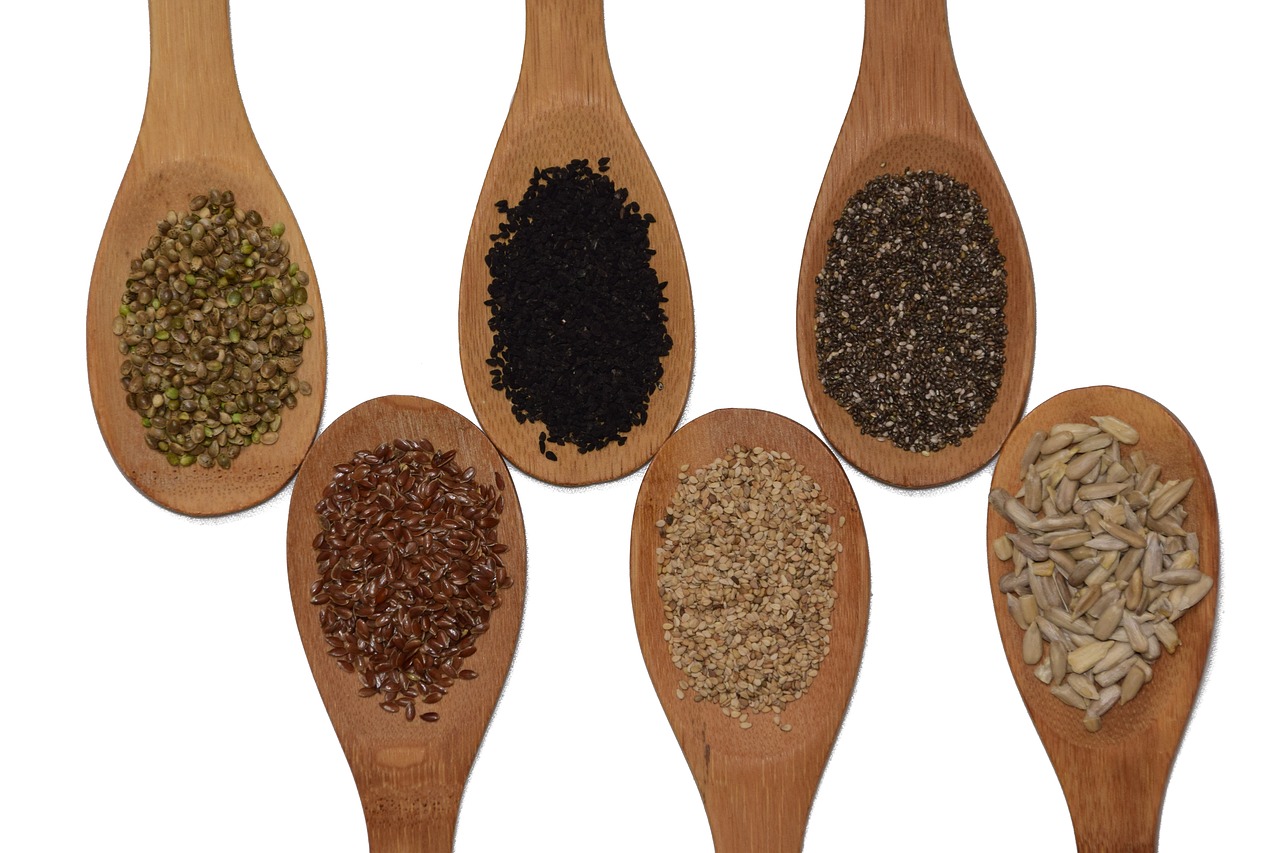
- Look for unsalted or low-salt varieties to reduce sodium intake.
- Watch portions; a serving size of seeds is about one ounce.
- Store seeds in the refrigerator or freezer to preserve the healthy polyunsaturated oils and other nutrients and to extend shelf life.
- As with consuming any food high in fiber, be sure to also drink plenty of water to avoid potential bloating or gastrointestinal discomfort.
- Certain individuals may need to avoid chia and/or flax seeds, especially those with an allergy to the protein in the seed, or related seeds, or those at risk for certain cancers.
- Individuals following medical advice to avoid foods with blood thinning affects or those with blood pressure lowering capabilities should also avoid consuming chia or flax seeds without medical approval.
Eating a variety of seeds is a great way to add new flavors and textures to your meals, while also getting a great assortment of nutrients. Explore the many options out there to find your new favorites!

